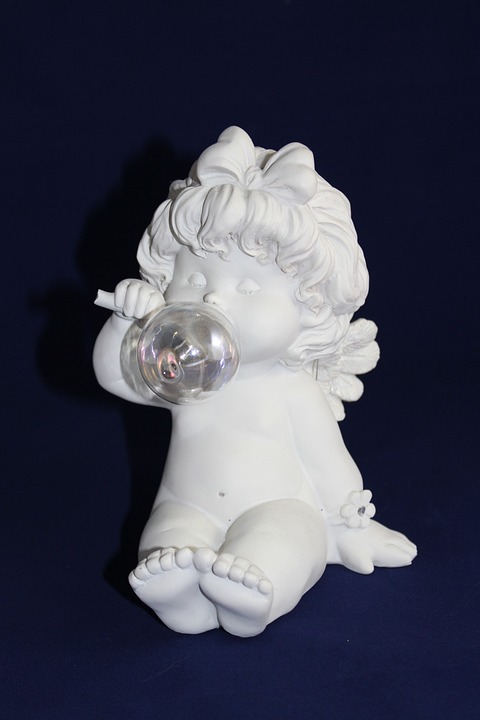Title: Preventing and Addressing Fin-Nipping Behavior Among Fish: A Comprehensive Guide
Introduction: Understanding Fin-Nipping Behavior
Fish behavior can be fascinating to observe, but occasionally, certain behaviors can cause concern among aquarium enthusiasts. One such behavior is fin-nipping, where fish nip at each other’s fins, resulting in torn or damaged fins. In this article, we will delve into the causes of fin-nipping behavior, strategies to prevent it, and effective ways to address and treat this issue.
I. Understanding the Causes of Fin-Nipping Behavior
1.1 Social Hierarchy and Aggression
Fin-nipping behavior often arises from social hierarchy and aggression within a tank. Some fish may assert dominance by nipping at the fins of weaker or subordinate individuals. This behavior is more common in certain species, such as bettas, gouramis, and cichlids.
1.2 Boredom and Lack of Stimulation
Fish that lack mental and physical stimulation may engage in fin-nipping as a form of entertainment. Inadequate tank setups, lack of hiding places, and monotonous environments can contribute to this behavior.
1.3 Overcrowding and Limited Space
Overcrowded tanks with limited swimming space can lead to increased aggression and fin-nipping. Fish may become territorial and exhibit aggressive behaviors towards tank mates.
1.4 Inadequate Tank Conditions
Poor water quality, incorrect temperature, and improper filtration can stress fish, making them more prone to fin-nipping. Stress weakens the immune system, increasing the chances of aggression and fin damage.
II. Preventing Fin-Nipping Behavior
2.1 Provide Sufficient Space
Ensuring that your aquarium provides ample swimming space for each fish is crucial. Following the general rule of one inch of fish per gallon of water helps prevent overcrowding and reduces the likelihood of fin-nipping.
2.2 Offer Hiding Places and Diverse Tank Decorations
Creating a stimulating environment with hiding places, plants, and tank decorations helps reduce boredom and territorial disputes. These additions offer fish the opportunity to establish territories and retreat when needed.
2.3 Maintain Optimal Water Conditions
Regular water changes, monitoring temperature, and maintaining proper filtration are essential for a healthy tank. Clean water helps minimize stress and reduces the likelihood of fin-nipping.
2.4 Choose Compatible Fish Species
Researching and selecting compatible fish species that share similar temperaments and environmental preferences can prevent aggression and fin-nipping. Avoid housing fish known for aggressive behaviors with more peaceful species.
2.5 Ensure Adequate Feeding
Proper nutrition is crucial to fish health and can reduce aggression. Providing a varied diet that meets the nutritional needs of each species helps prevent hunger-induced aggression and fin-nipping.
III. Addressing and Treating Fin-Nipping Behavior
3.1 Identify the Aggressor
Observing the tank closely and identifying the fish responsible for fin-nipping is the first step in addressing the issue. Remove the aggressor from the tank temporarily to prevent further damage.
3.2 Separate Aggressive Fish
If fin-nipping persists, consider permanently separating aggressive fish from their tank mates. This prevents further fin damage and allows the other fish to recover.
3.3 Introduce New Tank Mates Gradually
When adding new fish to the tank, introduce them gradually to avoid disrupting the established hierarchy. This reduces the chances of aggression and fin-nipping.
3.4 Provide Diversionary Tactics
Offering alternative sources of stimulation, such as floating plants, feeding toys, or mirrors, can divert aggressive behavior and reduce fin-nipping. This keeps fish occupied and less likely to engage in aggression.
3.5 Monitor and Treat Injured Fins
Injured fins should be closely monitored for signs of infection. If necessary, treat the affected fish with aquarium salt or appropriate medications to promote healing and prevent secondary infections.
IV. FAQs: Common Questions about Fin-Nipping Behavior
4.1 Q: Can fin-nipping behavior be completely eliminated?
While it may not be completely eliminated, appropriate prevention methods and addressing the underlying causes can significantly reduce fin-nipping behavior.
4.2 Q: Are there any specific fish species more prone to fin-nipping?
Certain species, such as bettas, gouramis, and cichlids, are more prone to fin-nipping due to their aggressive nature. Researching and understanding the behavior of different species can help prevent compatibility issues.
4.3 Q: How long does it take for damaged fins to heal?
The healing time for damaged fins varies depending on the extent of the injury. In mild cases, fins can heal within a few days to a week, while severe damage may take several weeks or longer.
4.4 Q: Should I use medications to treat injured fins?
Medications should only be used if signs of infection, such as redness, swelling, or discolored fins, are present. It is best to consult a veterinarian or knowledgeable aquarium professional for appropriate treatment options.
4.5 Q: Is it possible to keep aggressive and non-aggressive fish together without issues?
While it is possible in some cases, it is generally recommended to avoid keeping aggressive and non-aggressive fish together. Aggressive species can cause stress and harm to more peaceful tank mates.
Conclusion: Promoting Harmonious Aquarium Environments
By understanding the causes, prevention methods, and treatment options for fin-nipping behavior, fish enthusiasts can create a more harmonious and stress-free environment for their aquatic companions. Remember, a healthy and stimulating tank setup, along with careful selection of fish species, are key to preventing and addressing fin-nipping behavior. Stay vigilant, provide proper care, and enjoy the beauty of your thriving aquarium community.









